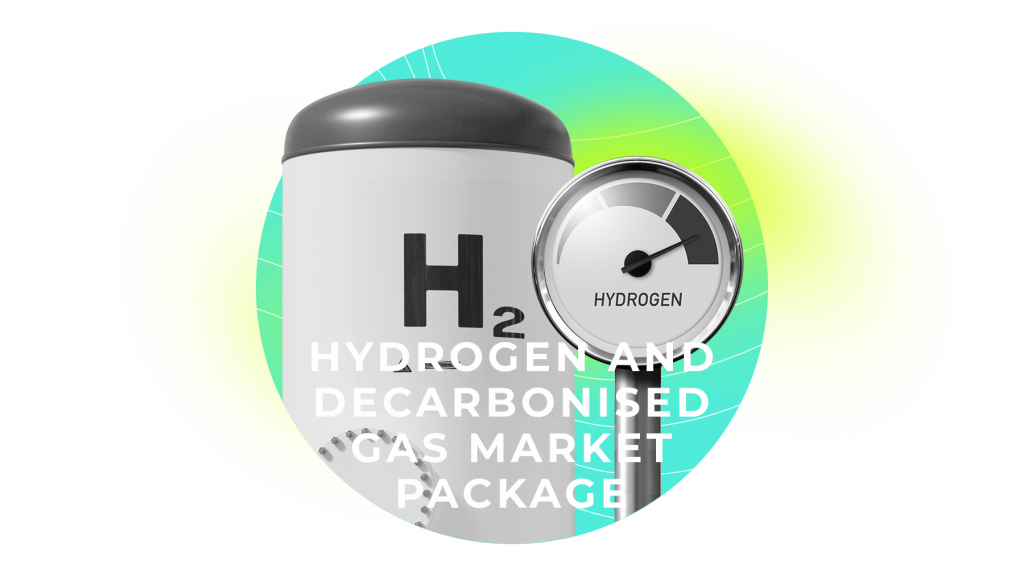One significant stride the European Union has taken to transition its energy landscape towards sustainability direction is the introduction of the Hydrogen and Decarbonised Gas Market Package under the broader ‘Fit for 55’ initiative. This package proposes a comprehensive set of new regulations to transform the gas market, reduce carbon footprints, and promote renewable energy sources. In this article, we delve into the details of this groundbreaking proposal, understanding its goals, components, and potential impact on the EU’s path toward climate neutrality.
Evolving the Gas Market: A Paradigm Shift
The core objective of the Hydrogen and Decarbonised Gas Market Package is clear: to facilitate the shift from fossil natural gas to renewable and low-carbon alternatives, ultimately lowering greenhouse gas emissions. To boost the adoption of these cleaner gases within the EU by 2030 and beyond, the package aspires to create a greener energy landscape that aligns with the EU’s ambitious climate targets.
Understanding Renewable and Low-Carbon Gases
Renewable and low-carbon gases lie at the heart of the proposal, providing the means to transition away from fossil fuels. These gases, produced from organic sources like biogas and biomethane, or synthesized from non-biological renewable sources like renewable hydrogen and synthetic methane, offer a lower carbon footprint than conventional fossil fuels. The package recognizes their potential to significantly reduce greenhouse gas emissions, aiding the EU’s efforts to achieve its climate goals.
Unveiling the Package Components
The Hydrogen and Decarbonised Gas Market Package is a two-fold initiative comprising a regulation and a directive. These components are designed to work in tandem to establish a comprehensive framework for the transition to cleaner gases.
Creating a Market for Hydrogen: The package lays the foundation for a competitive EU market for hydrogen backed by dedicated infrastructure. This includes establishing the European Network of Network Operators for Hydrogen and fostering cross-border trade and collaboration beyond EU borders. The proposal sets ambitious targets for renewable hydrogen electrolyzer capacity and production to be achieved by 2030.
Integrating Renewable and Low-Carbon Gases: The regulatory framework facilitates the integration of renewable and low-carbon gases into existing gas grids. By streamlining access to gas grids and enforcing a certification system, the package paves the way for widespread adoption. It also emphasizes the importance of gas quality standards and places a cap on the volume of hydrogen blended with natural gas to ensure consistent quality.
Engaging and Protecting Consumers: Acknowledging the role of consumers in driving change, the package seeks to empower them through simplified energy provider switching, transparent billing information, and access to smart meters. These provisions foster consumer choice and enable them to contribute to a sustainable energy future actively.
Increasing Security of Supply and Cooperation: To enhance the reliability of the energy system, the proposal calls for integrated planning across electricity, gas, and hydrogen networks. It also highlights the certification of storage system operators and enforces solidarity arrangements among EU member states to handle crises effectively.
Council's Role and Next Steps
The Council’s adoption of general approaches in March 2023 marked a pivotal moment in the progression of the Hydrogen and Decarbonised Gas Market Package. This sets the stage for negotiations with the European Parliament to reach an agreement that would be formally adopted as legislation. Once enacted, these regulations will redefine the gas market landscape, ensuring its alignment with the EU’s ambitious climate and energy goals.
A Balanced Agreement for a Sustainable Future
As the Swedish Minister for Energy, Business, and Industry, Ebba Busch, aptly stated, the agreed-upon gas package represents a balanced agreement that aligns competitiveness, consumer protection, and climate-neutrality objectives. With the EU’s sights set on climate neutrality by 2050, the Hydrogen and Decarbonised Gas Market Package holds the potential to be a transformative force, enabling the transition to cleaner energy sources and a more sustainable future.
Conclusion
The Hydrogen and Decarbonised Gas Market Package is a monumental step towards reshaping the EU’s energy landscape. By focusing on renewable and low-carbon gases and establishing a comprehensive regulatory framework, the package seeks to lower carbon footprints, strengthen energy security, encourage consumer participation, and foster international collaboration. As negotiations between the Council and the European Parliament unfold, the significance of this proposal in realizing the EU’s climate goals cannot be overstated. It underscores the EU’s commitment to lead the charge toward a greener, more sustainable future.




